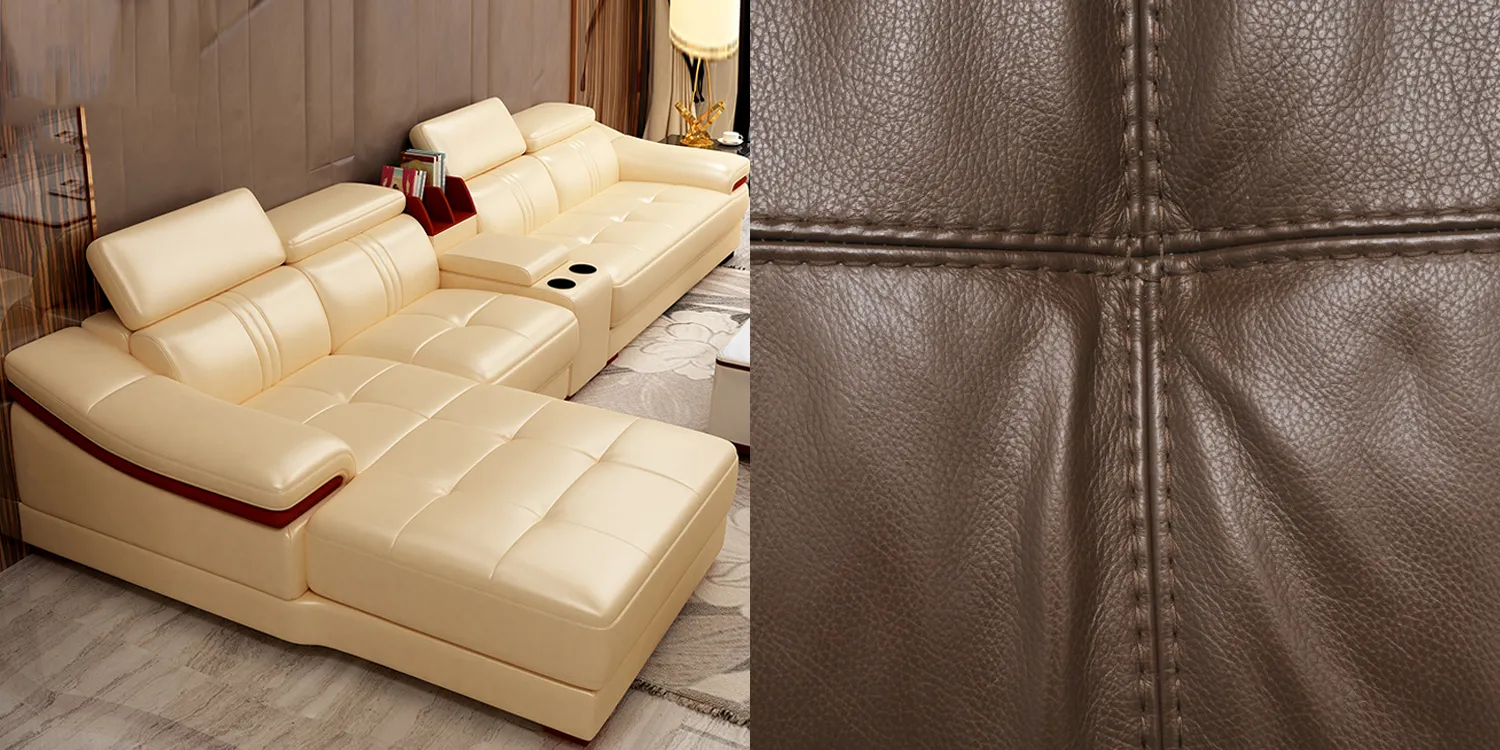Common Leather Stitching Machines for Optimal Crafting and Repair Techniques
The Typical Leather Sewing Machine A Comprehensive Overview
In the world of crafting and textile production, leather holds a unique place due to its durability, versatility, and timeless aesthetic. Whether creating handbags, shoes, belts, or jackets, the choice of sewing machine can make a significant difference in the quality and efficiency of the finished product. Leather sewing machines, designed specifically to handle the unique properties of leather, are essential tools for any leatherworker, hobbyist, or manufacturer. This article delves into the characteristics, types, and features of typical leather sewing machines, as well as their importance in the crafting process.
Characteristics of Leather Sewing Machines
Leather is a thick, resilient material that requires specific sewing parameters to achieve the best results. One of the defining characteristics of a leather sewing machine is its robust build. These machines typically have a powerful motor designed to handle the higher resistance presented by leather compared to standard fabrics. This added strength ensures that the machine can sew through multiple layers of leather without faltering.
Moreover, leather sewing machines utilize specialized needles that have a wedge-shaped tip or a larger diameter. These needles are designed to pierce through tough materials easily, minimizing damage to the leather. Additionally, these machines often feature a walking or walking foot mechanism. This mechanism helps to evenly feed the upper and lower layers of leather during sewing, preventing shifts that could lead to misaligned seams.
Types of Leather Sewing Machines
When it comes to leather sewing machines, there are several types to choose from, depending on the specific needs of the user. The most common categories include
1. Industrial Leather Sewing Machines These machines are built for high-volume production and are designed for speed and durability. They often come with heavy-duty components and advanced features such as automatic thread tension adjustment, making them ideal for factories and large-scale operations.
2. Heavy-Duty Home Sewing Machines For hobbyists or small business owners, heavy-duty home sewing machines offer versatility and power without the scale of an industrial machine. These machines are capable of sewing through thick leather double layers and are more affordable than their industrial counterparts.
typical leather sewing machine

3. Walking Foot Sewing Machines These machines feature a walking foot that provides excellent material feed. This feature is crucial when working with leather, as it helps keep multiple layers together while sewing, ensuring precise stitching.
4. Post Bed Sewing Machines Best suited for complex leather products like handbags or shoes, these machines have a post instead of a flat bed, allowing artisans to navigate curves and intricate designs more easily.
Key Features to Consider
When selecting a leather sewing machine, certain features should be taken into account. A sufficient stitch length range is essential, with most leather sewing machines accommodating longer stitches to prevent perforating the leather excessively. Variable speed control is another important feature, allowing the user to adjust the speed according to the complexity of the project.
Moreover, an adjustable presser foot pressure is critical for leather sewing. This feature allows the user to exert the proper amount of pressure on the leather during sewing, avoiding slipping or uneven feeding. Some advanced models even come with built-in lights which enhance visibility, essential for intricate work.
Importance in the Crafting Process
The choice of a proper leather sewing machine can significantly affect the final product's quality and finish. Using a machine designed for leather ensures that seams are strong and resilient, which is vital for the longevity of leather goods. Additionally, the right machine can enhance productivity, reduce sewing time, and streamline the crafting process, making it a worthwhile investment for both hobbyists and professionals.
In conclusion, a typical leather sewing machine is not merely a tool but an investment in craftsmanship and quality. Understanding the various types, features, and their applications can empower leatherworkers to choose the right machinery for their needs. In a world that increasingly values handmade and durable goods, mastering the art of leatherwork with the proper equipment can lead to exquisite finished products that stand the test of time.
-
Boost Production Efficiency with a Pattern Sewing MachineNewsAug.29,2025
-
Industrial Excellence with the Best Heavy Duty Sewing MachineNewsAug.29,2025
-
Precision and Power with the Best Pattern Sewing MachineNewsAug.29,2025
-
Reliable Bulk Packaging Starts With the Right FIBC Sewing MachineNewsAug.29,2025
-
Advanced Packaging Solutions: Elevate Productivity with Jumbo Bag Sewing Machine and Industrial Stitching EquipmentNewsAug.29,2025
-
High-Performance Solutions for Bulk Packaging: FIBC Sewing Machine and MoreNewsAug.29,2025
-
Maximize Efficiency with an Industrial Cylinder Arm Sewing MachineNewsAug.28,2025


























